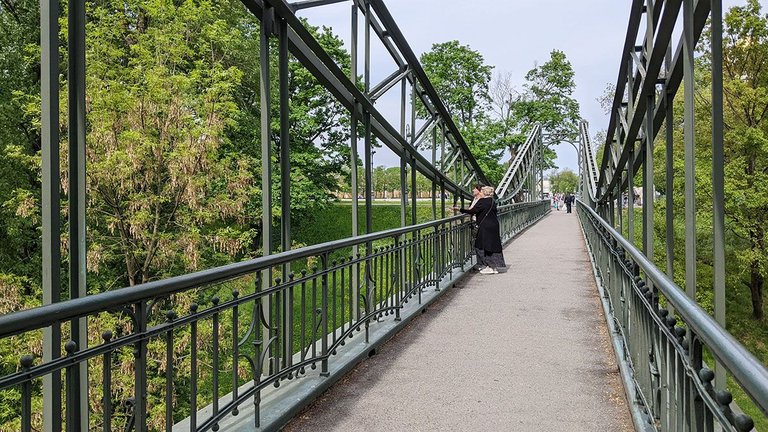
I travelled to Kronstadt by suburban bus. The buses leave from a stop near the metro station. The first part of the route follows the motorway along the shore of the Gulf of Finland, and then the road turns to the dam. The dam was built to protect the city from floods, but at the same time it became an excellent motorway to Kotlin Island. Before the dam was built, getting to Kotlin Island in the city of Kronstadt was only possible by ship or ferry.
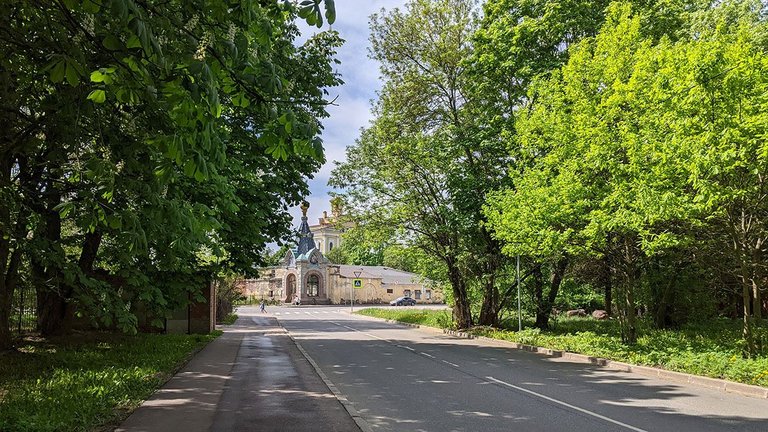
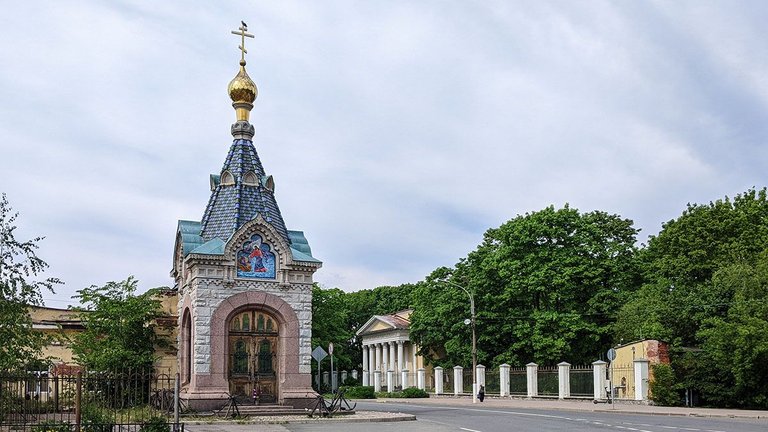
I actually miss a bit the times when travelling to Kronstadt was both a pleasant sea trip. Of course, the sea route to Kronstadt has not disappeared. But in the past, motorboats to Kronstadt were a common city transport, but now they have become a tourist attraction. We all know what happens to prices in such cases.
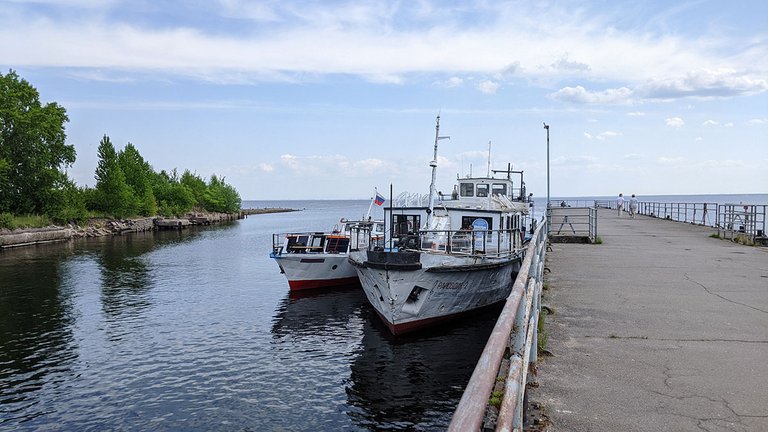
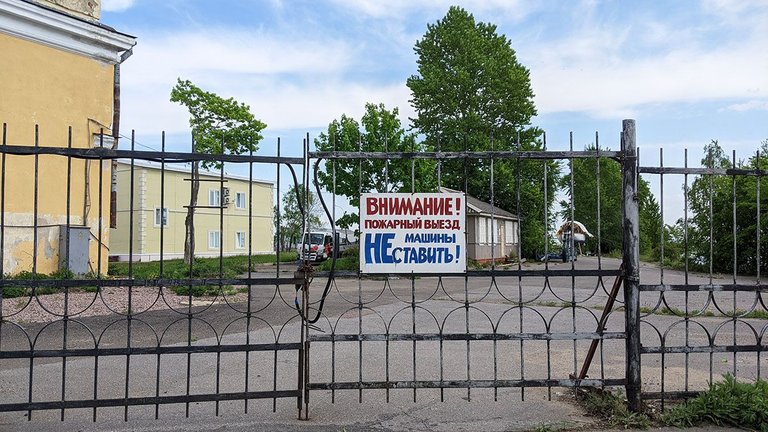
I decided to start my walk at the far end of the island. Most buses arrive in the city centre and the traditional sightseeing starts from the Kronstadt Naval Cathedral. I did the opposite, I came to the cathedral at the end of my walk. Therefore, the photos of the cathedral are at the very end of this post. If you prefer a more traditional order of sightseeing, just flip through the photos in the opposite direction.
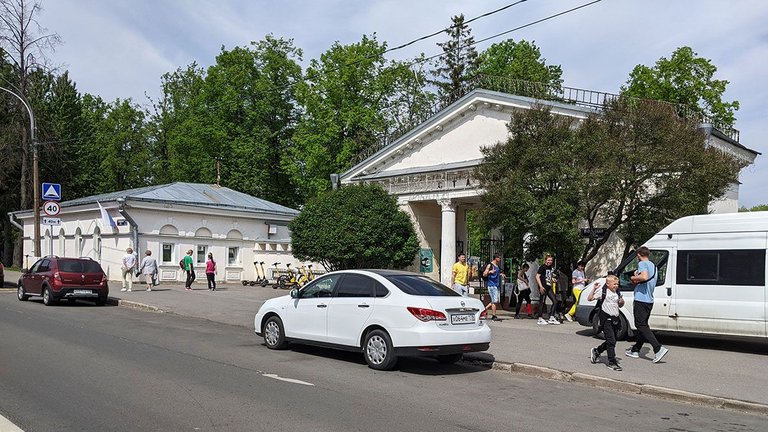
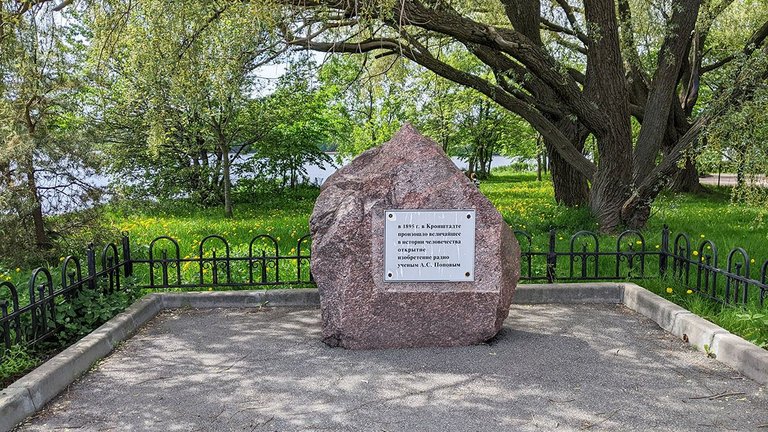
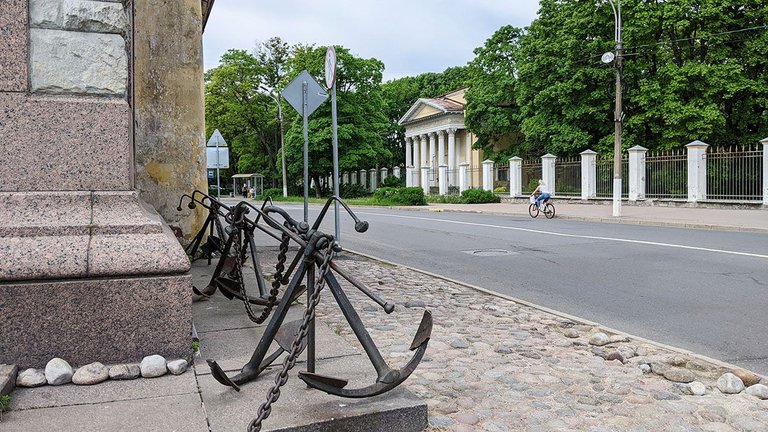
The far side of Kotlin Island is a neighbourhood that lives its usual urban life. There are small piers for private boats (tourist motorboats dock elsewhere). Nearby is the city beach. The area next to it is occupied by the city stadium. The announcement that asks not to occupy the fire lane is handwritten.
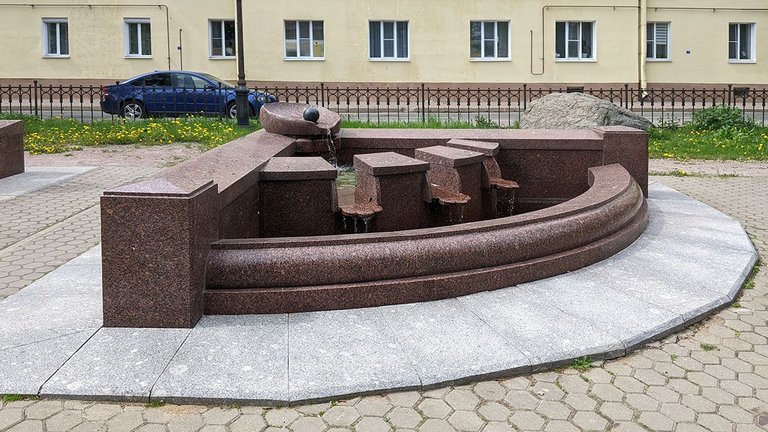
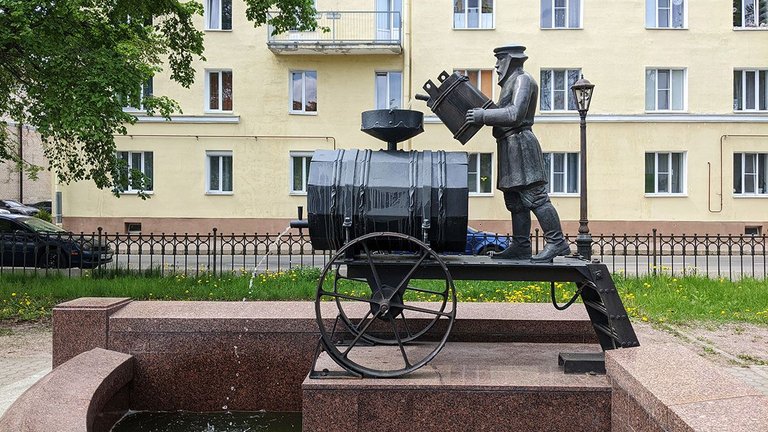
I move towards the city centre, stopping briefly at each monument, fountain, city sculpture. The Chapel of the Epiphany of the Lord "Saviour on the Waters" was built in 1903-1904 on the site of an old wooden chapel. The chapel is decorated with mosaic icons. The granite boulder is adorned with a plaque that commemorates the invention of radio by the scientist Alexander Popov. Anchors are a frequent element in the design of city streets. Kronstadt is a port city.
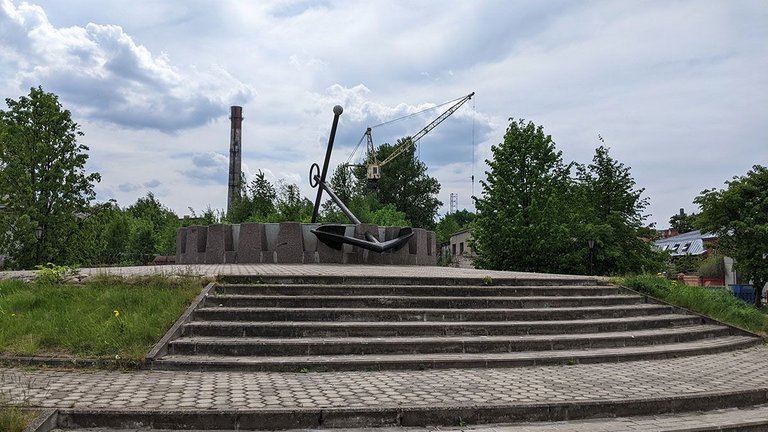
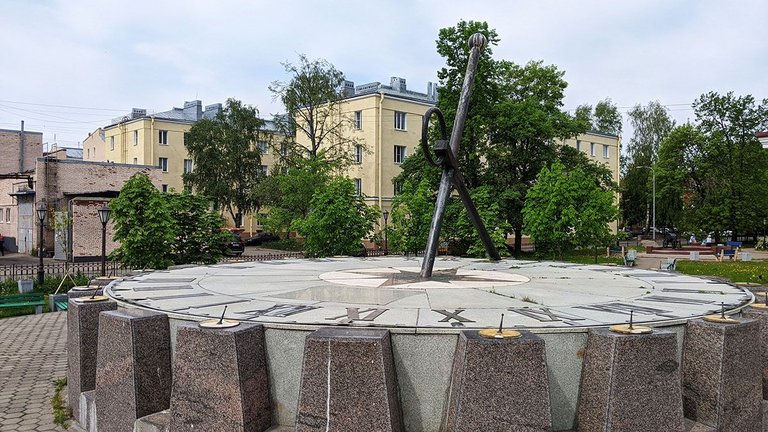
The Vodovoz fountain and a huge sundial are located near the Kronstadt History Museum. The clock is so big that it is difficult to photograph it in its entirety, in most angles only a part of the dial fits into the frame. On a quiet side street there are shelves for bookcrossing, and readers do not pass by.
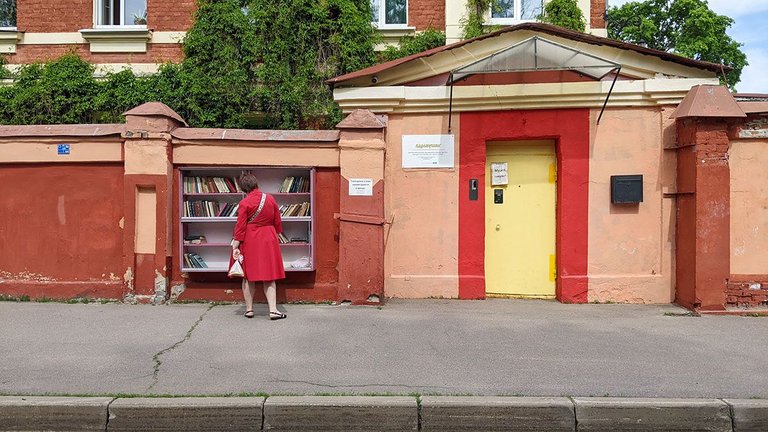
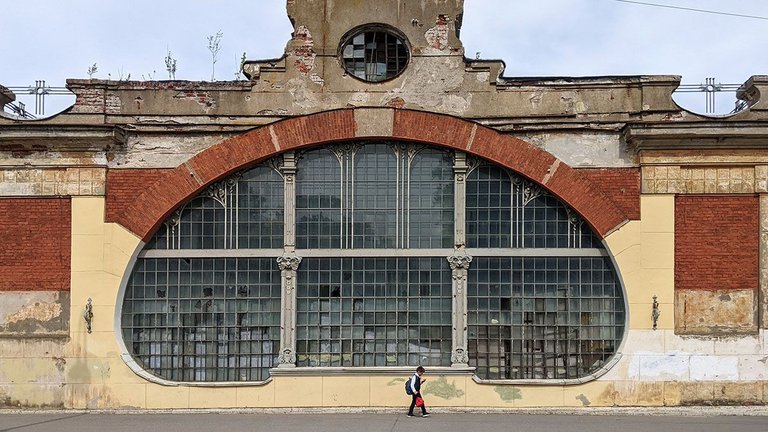
I am gradually approaching the city park, and behind the crowns of the trees I can already distinguish the dome of the Naval Cathedral. The rectangular Dock Pool was built to repair and complete ships, and is a fascinating hydraulic structure with a rich history.
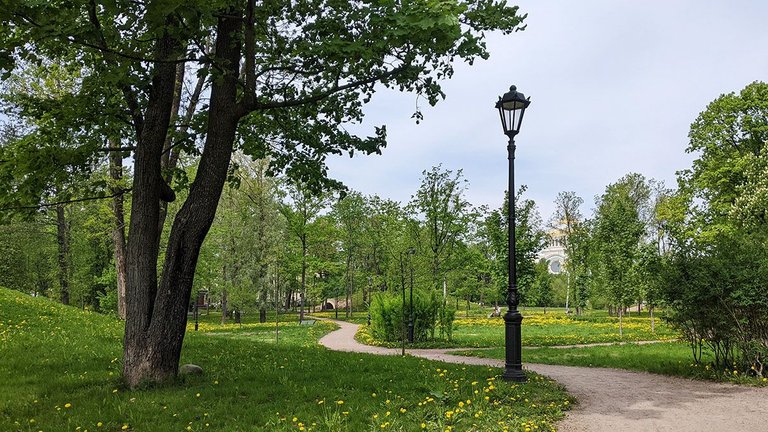
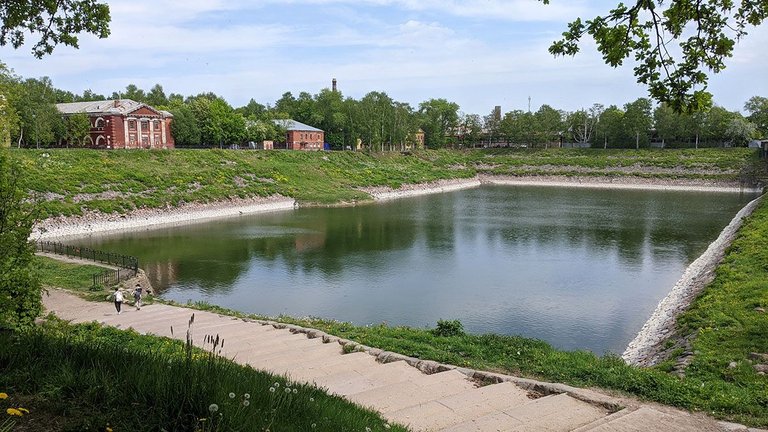
I could walk to Anchor Square along the path along the Dock Pool, but I choose a different route, specifically to walk across the suspension bridge. The Makarov footbridge was built in 1912-1913. Just beyond the bridge, Anchor Square begins with the main architectural dominant of Kronstadt - the Naval Cathedral in the name of St Nicholas the Wonderworker.
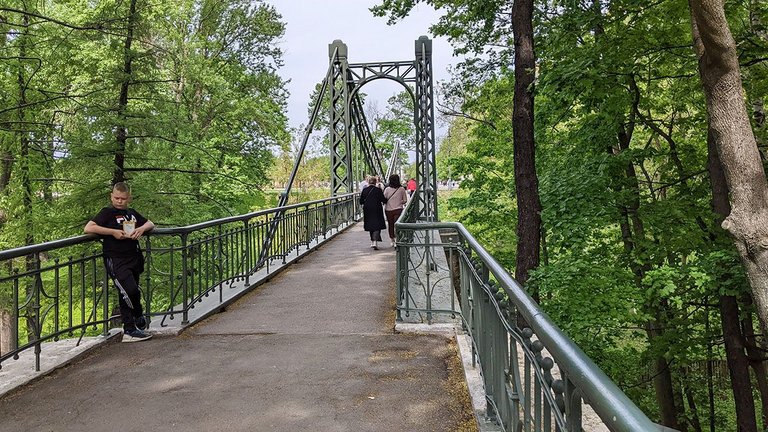
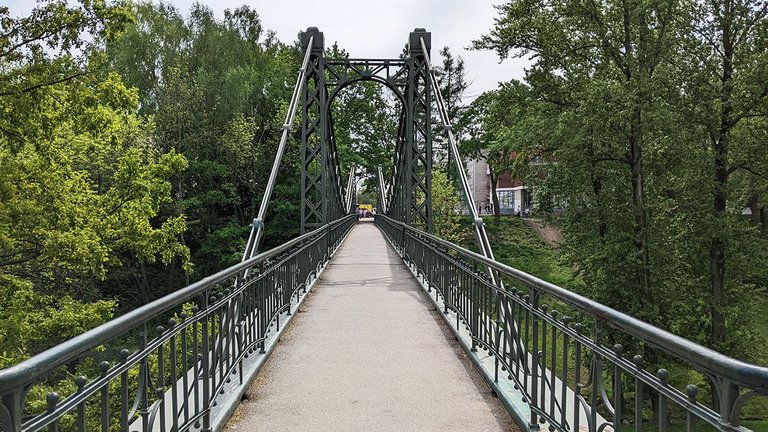

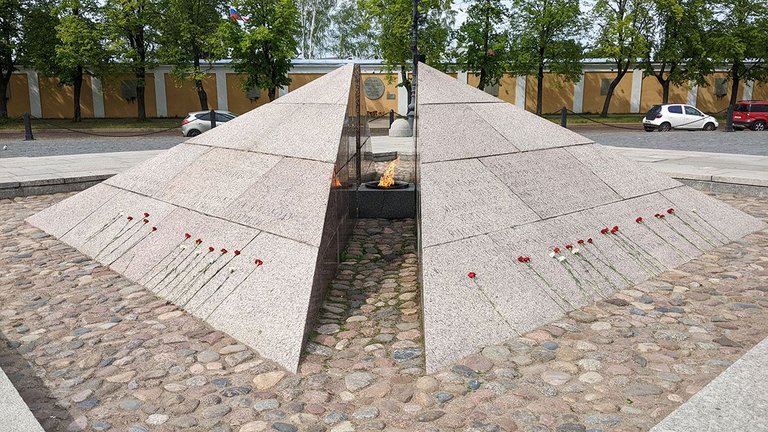
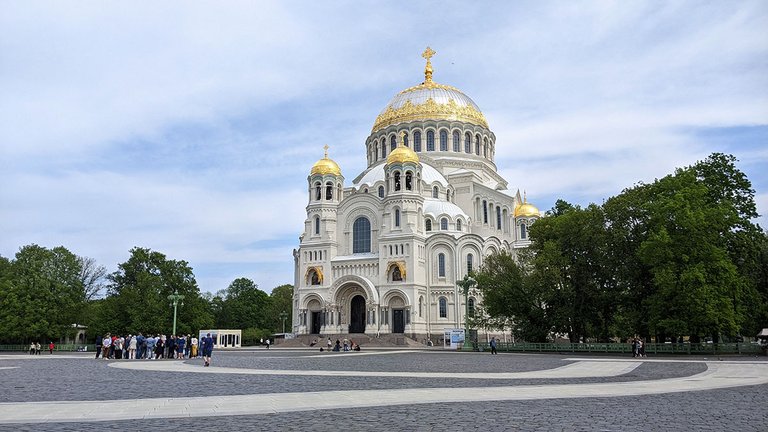
| ○ | ○ |
|---|---|
| Smartphone | Google Pixel 3a |
| Location | Saint Petersburg, Russia |
This is my entry for the #WednesdayWalk challenge by @tattoodjay.


